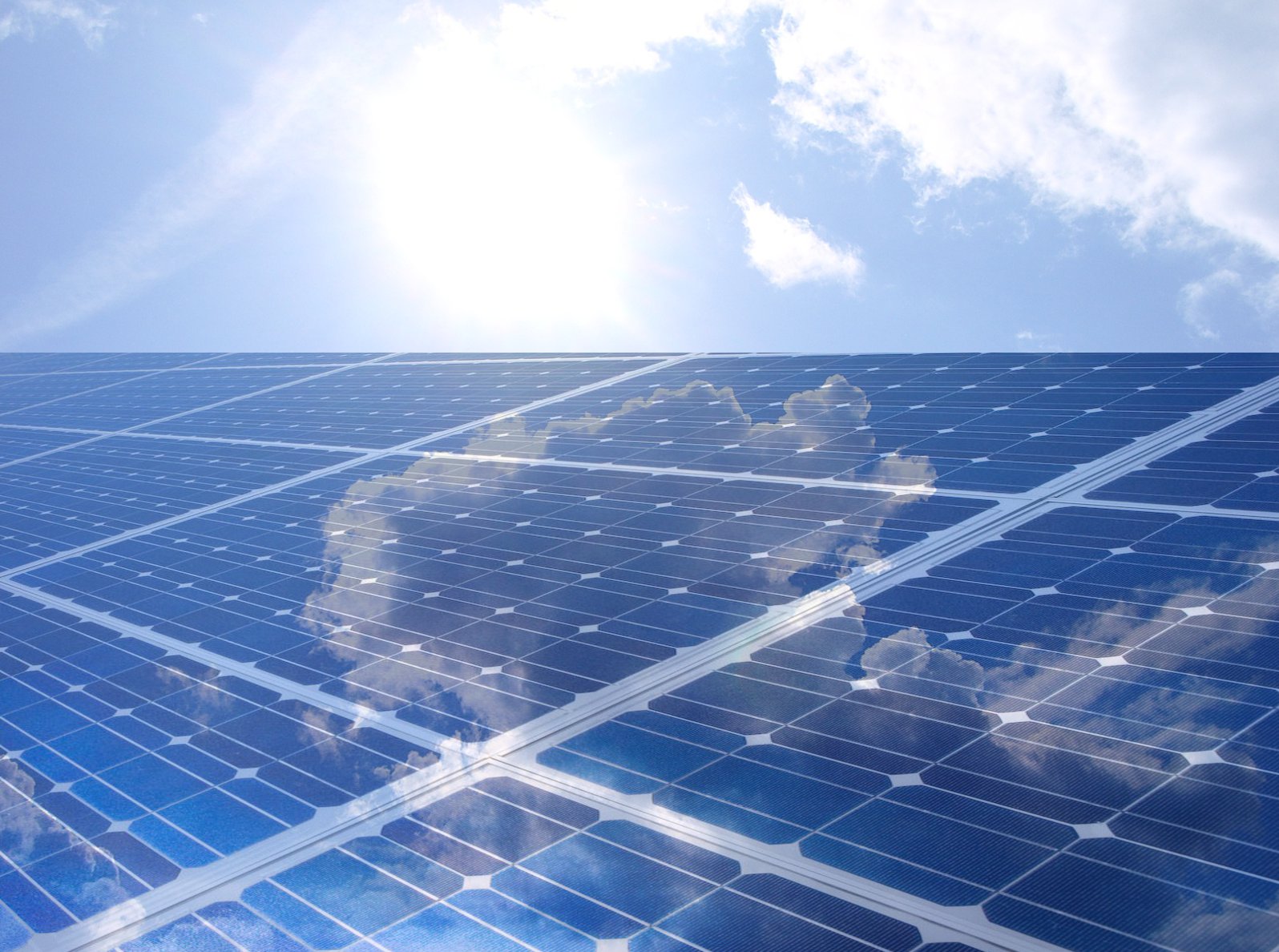Conserving Energy Off The Grid
Follow the Off Grid Project and learn how to live off the grid using solar power as your primary source of energy.

Switching to solar power will require a few lifestyle changes. Turn off the lights when you leave a room, changing the bulbs to LED or CCFL energy saving lamps, and many other tips.
In the Off Grid Project, you will learn how to make the switch to solar energy with ease. Energy saving tips and tecniques will be shared along with appliance power usage tables so you can calculate your energy needs.
Energy Efficient Off Grid Living
When you make the move to off grid living, there will be some changes in your life. Depending on how much energy you have, you may need to reduce energy consumption. Going off the grid slowly will also reduce the shock and stress of the change as compared to making the jump in one shot.
The first thing you should change when you live off the grid is your light bulbs. Lights in a house consume about 30% of your energy bill. By changing your light bulbs to energy savings bulbs, LEDs or Fluorescent lamps, you will see a great savings in energy use.
LED lighting is the best for off grid living if you can afford them. But LED light bulbs should be tested before you make a large investment in a single type. Some LED light bulbs give off relatively little light. When you find one you like, then you can go ahead with the investment and replace all of your light bulbs.
Compact Fluorescent light bulbs, or energy savings bulbs, are the second best choice for energy conservation. These bulbs put out about as much light as a standard light bulb but use a fraction of the energy.
You can also change over to standard fluorescent lights but this requires wiring everything new, so it is not advisable.
As already mentioned above, you should get in the habit of shutting off the lights when you leave a room. You would be surprised how much difference this makes on your overall energy use. Unless you use LED lights, which require very little energy, you should try to save as much as possible.
A refrigerator uses the next highest amount of energy in a house. An average fridge uses about 2,000 Watts of energy per day. That is a lot of power. You have a couple choices here. You can go without a fridge like people did for thousands of years. Food can be kept in unheated basements or food cellars. At about 5 or 6 feet below ground the average yearly temperature is around 50 degrees all the time. This will extend the storage life of meat, milk and eggs and vegetables. Many countries around the world do not have refrigerators and do just fine.
Another option is to get a solar fridge. This is a fridge designed to use a lot less energy for use on solar powered homes. An average refrigerator has doors that open horizontally. You stand in front of the fridge and pull the door toward you to open it. An energy efficient solar fridge is more like a deep freezer where the door opens upwards. Cool air is heavier than warm air so when you open a normal fridge, the cool air pours out the bottom onto the floor. When you open a top door, the cool air stays inside the fridge.
If a solar fridge is not an option due to its price you should either get a smaller fridge or a super energy efficient fridge for your kitchen to save your solar power.
Either way you go, if you have a refridgerator in your home, open it as little as possible and do not hold it open for long when you do. This will save energy. Another energy saving tip is to keep the fridge full. More food helps maintain the internal fridge temperature and lowers the amount of time the compressor needs to run. You can also keep bottles of water in the fridge to help if you do not have much food.
Keep watching for more updates on living efficiently.
Check out the other projects covered on the list to the right.
